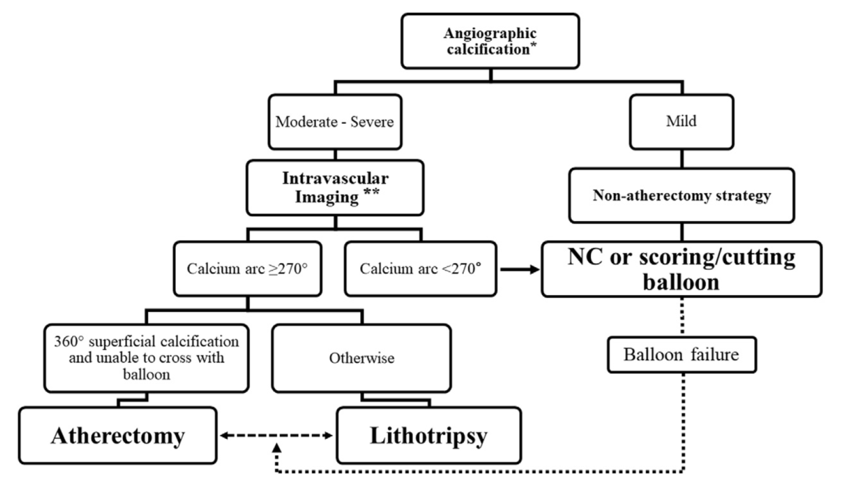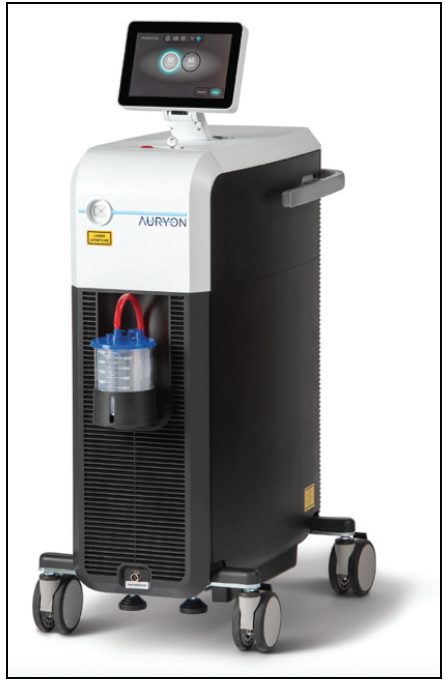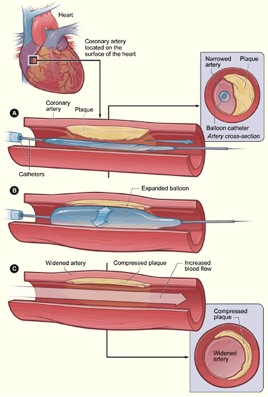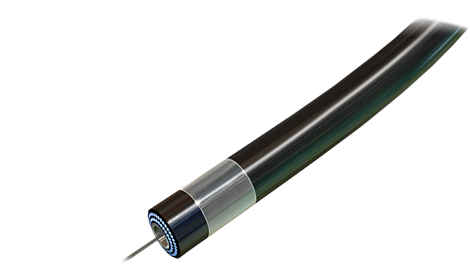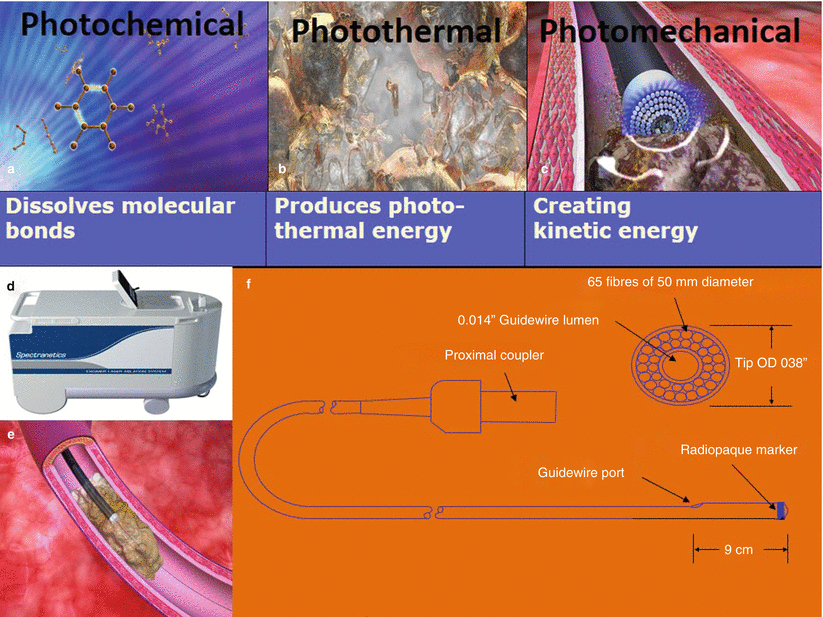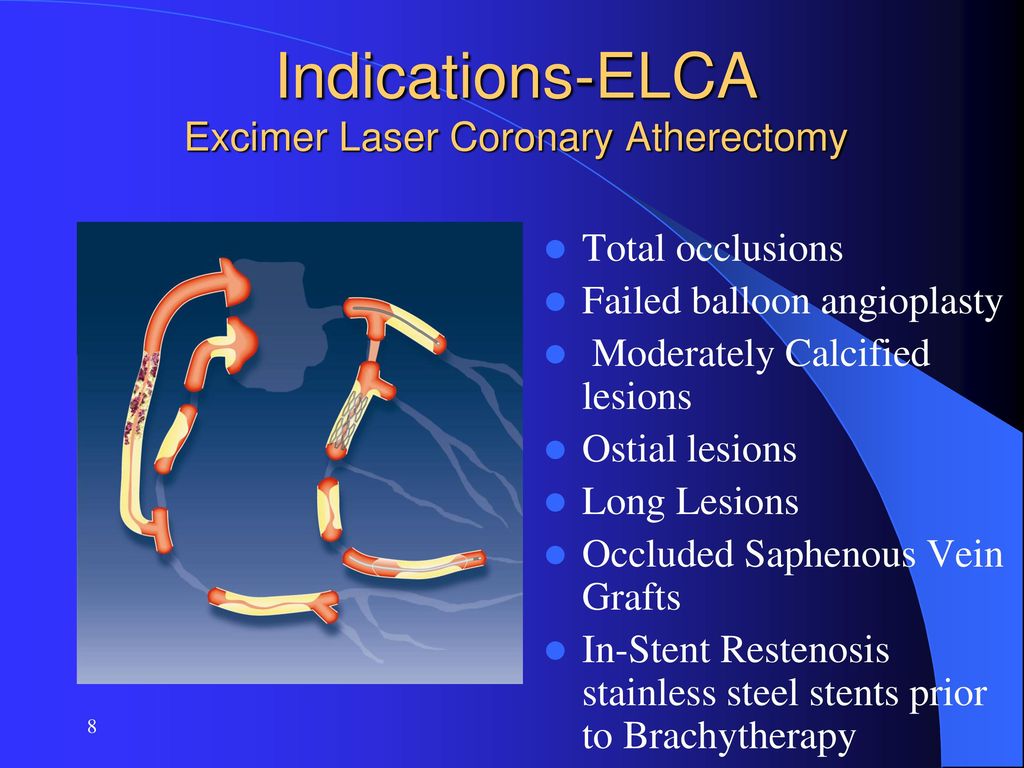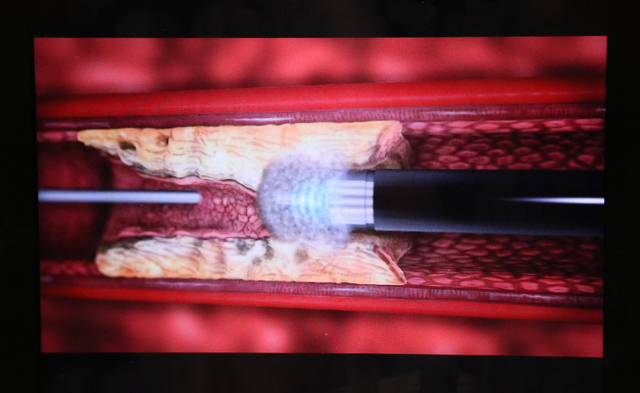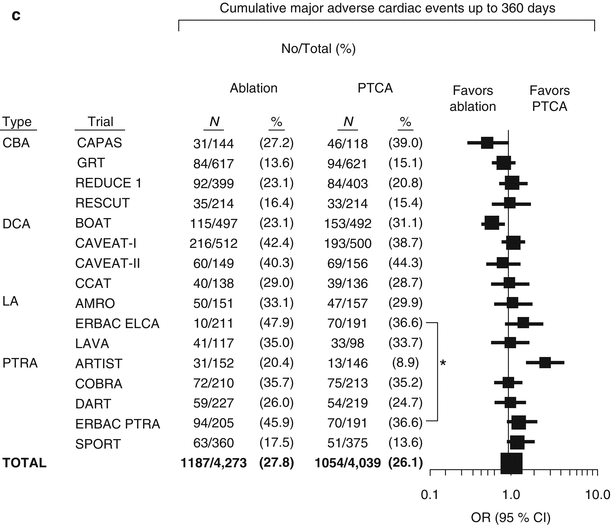Laser Atherectomy For Coronary Artery Disease

The philips excimer laser has been associated with a 13 1 dissection.
Laser atherectomy for coronary artery disease. 17 bader et al. We identified 58 cases of balloon failure treated with elca rotational atherectomy ra over four. 4 absorption depth is a critical component of atherectomy because the interaction between tissue type and wavelength varies and the potential for perforation or dissection exists. One patient died from coronary perforation directly related to elca.
Once the tube reaches the narrowed portion of the artery a cutting device whirling blade such as rotational atherectomy or a laser beam can be used to remove the. At one point laser atherectomy was quite popular in vein graft disease and bifurcations but over a period of years its use in the coronary arterial tree has substantially decreased. If you have peripheral artery disease p a d in your legs peripheral laser atherectomy is just one procedure your physician might recommend. During the procedure a thin flexible tube a catheter is inserted through an artery in the groin or arm and carefully guided into the coronary artery that is narrowed.
Peripheral laser atherectomy uses a catheter that emits high energy light laser to unblock the artery. 16 the ultraman registry indications and outcomes of excimer laser coronary atherectomy. Today laser atherectomy is more frequently used in peripheral arterial disease than in coronary disease.












